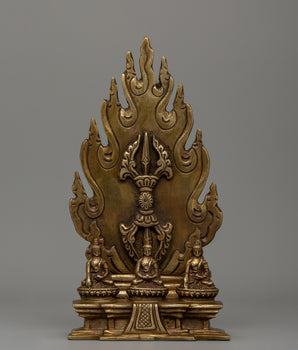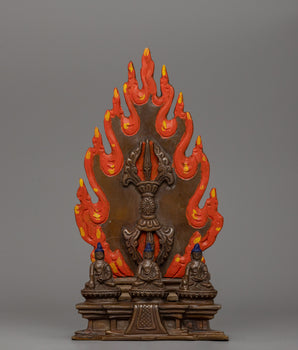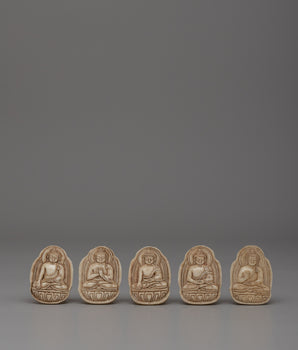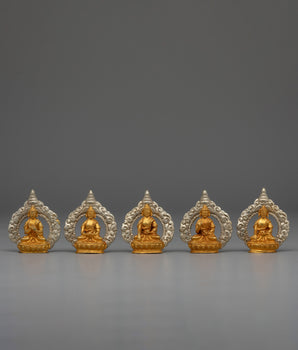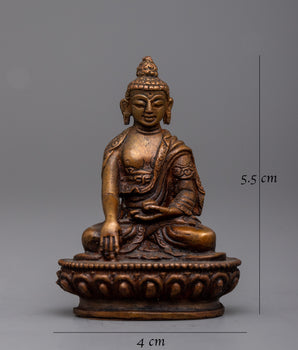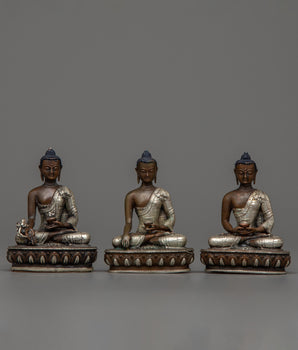Buddha Statue
Buddha: The Enlightened One
Background and Significance: Siddhartha Gautama stands at the heart of Buddhism, the Buddha, whose life and teachings have left an enduring mark on society. Born in Lumbini, Nepal, during the sixth century BCE, Siddhartha hailed from royalty. Still, he chose to forsake his opulent existence in search of a solution to the profound suffering he witnessed around him.
Beneath the Bodhi tree in Bodh Gaya, he attained enlightenment after years of spiritual exploration and meditation, emerging as the Buddha, often referred to as "the enlightened one" or "the awakened one."
The Buddha's significance lies in his role as the foremost teacher of Buddhism's fundamental principles and as its founder. His teachings, known as the Dharma, provide:
Guidance on the path to Nirvana
- The ultimate state of tranquility and enlightenment
- Offering liberation from suffering
- The life of the Buddha serves as an inspirational lesson in spiritual enlightenment and personal growth.
Attributes and Iconography: Typically, the Buddha is depicted as a serene figure in a meditative posture, with his right hand forming the "Bhumisparsha Mudra," or "earth-touching gesture," symbolizing his attainment of enlightenment and victory over delusion. His elongated earlobes harken to his princely origins, while his shaven head represents his renunciation of material attachments. The Buddha's half-closed eyes emanate a sense of serenity and inner focus.
Associated Stories and Beliefs: The life of Siddhartha Gautama, from his birth to his eventual entry into Parinirvana, is rich with narratives and teachings that underpin Buddhist doctrine and practice. The foundation of Buddhist philosophy lies in his articulation of the Four Noble Truths, which elucidate the nature of suffering and the means to transcend it.
Siddhartha's pursuit of enlightenment was ignited by the story of his encounters with the Four Sights: an older adult, an ailing individual, a deceased person, and a wandering ascetic. This narrative exemplifies the Buddha's profound compassion for human suffering and determination to uncover a path to alleviate it.
The Jataka tales, containing accounts of the Buddha's past lives, convey moral lessons and reveal his unwavering commitment to altruism and compassion. These stories further enrich Buddhist teachings and serve as inspiration for practitioners seeking enlightenment and personal growth.
Your cart is currently empty.
Start Shopping


















